Welcome to the future of home construction. As we approach 2023, it’s clear that traditional methods just aren’t cutting it anymore. The world is evolving, and so should our homes. That’s why today, we’re diving into some innovative techniques that are revolutionizing how houses are built. From prefab marvels to 3D printed wonders, sustainable solutions to the use of the best construction boots – get ready to be amazed by what awaits us in home construction. So buckle up and join us on this exciting journey as we explore the cutting-edge advancements shaping the future of housing.
Prefabricated Construction
Prefabricated construction, or modular construction, is gaining immense popularity in the housing industry. This innovative technique involves constructing various components of a building off-site in a controlled factory environment. These prefabricated modules are then transported to the construction site and assembled like puzzle pieces. One of the key advantages of prefabrication is its speed. Since most of the building process takes place indoors, it is not affected by weather conditions or other external factors that can cause delays. As a result, homes can be built much faster compared to traditional methods.
3D Printing
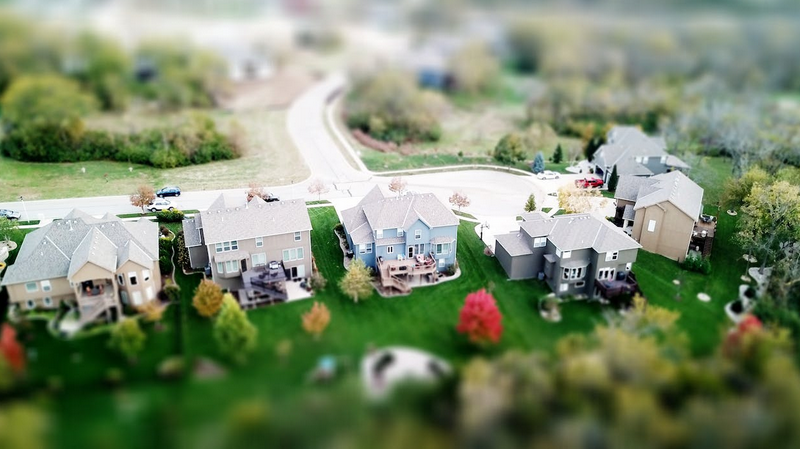
Imagine a future where homes can be built with a button. Well, that future is pretty close, thanks to the incredible technology of 3D Printing. This innovative technique has already started making waves in various industries, and home construction is no exception. One of the main advantages of 3D Printing in home construction is its efficiency. Traditional construction methods often require multiple workers and lengthy processes, but with 3D Printing, a single machine can do all the heavy lifting. Layer by layer, it creates walls, floors, and even intricate designs with precision and speed.
Green Building Solutions
As the world becomes increasingly aware of the need for sustainable and environmentally friendly practices, green building solutions have gained significant traction in the construction industry. These innovative techniques focus on minimizing the impact of buildings on our planet by reducing energy consumption, conserving water, and using eco-friendly materials. One such solution is passive design, which involves optimizing a building’s layout for natural light and ventilation. By strategically placing windows and incorporating shading devices like awnings or overhangs, passive design can significantly reduce reliance on artificial lighting and air conditioning systems. Another approach to green building is using renewable energy sources to power homes. Solar panels are becoming more affordable and efficient, allowing homeowners to generate electricity from the sun’s rays. Additionally, geothermal heating systems harness heat from below the earth’s surface to warm homes during colder months.
Smart Homes

Smart Homes are becoming increasingly popular as homeowners seek to incorporate technology into their living spaces. Smart home devices offer convenience, efficiency, and enhanced security, from voice-activated assistants to automated security systems. One major benefit of smart homes is the ability to control various aspects of your house remotely. Imagine being able to adjust the thermostat or turn off the lights from your smartphone while you’re away on vacation. This level of convenience saves energy and gives homeowners peace of mind, knowing they have full control over their home even when they are not physically present. Another advantage is increased energy efficiency. Smart thermostats can learn your habits and adjust temperature settings accordingly, reducing energy waste and lowering utility bills.
Whether you’re considering building or renovating your home in 2023 or beyond, exploring these innovative techniques can provide numerous benefits – from saving time and money to reducing environmental impact and enhancing comfort levels. Stay ahead of the curve by embracing these innovative home construction techniques – your dream home awaits. We hope that you have found this blog post helpful.


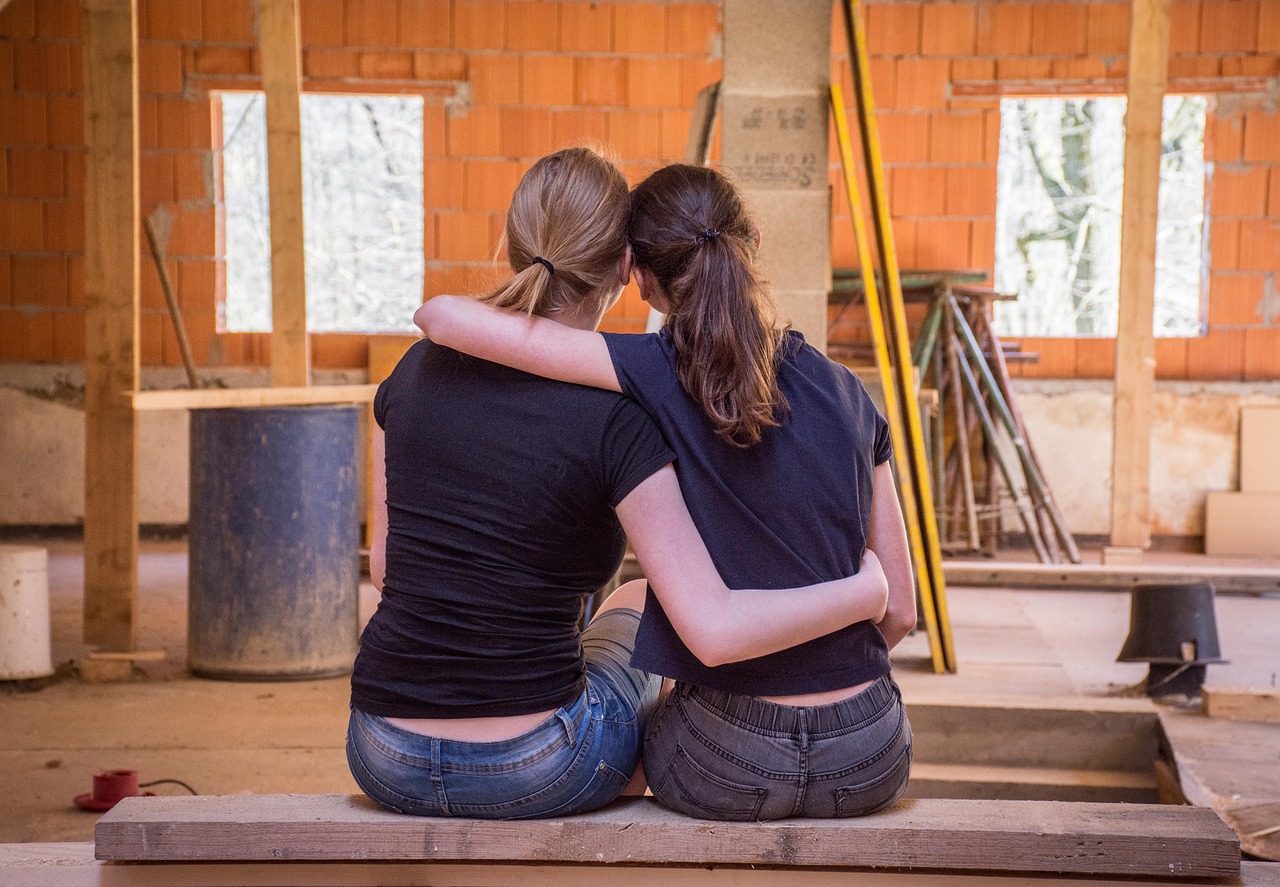
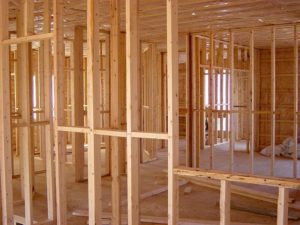 Before you can begin constructing your basement, the first step is digging deep into the ground. Excavation involves removing soil and creating a space that will serve as the foundation for your underground oasis. The excavation process requires careful planning and execution. The size and shape of your basement will determine how much earth needs to be excavated and any potential obstructions, such as rocks or tree roots, that may need to be cleared.
Before you can begin constructing your basement, the first step is digging deep into the ground. Excavation involves removing soil and creating a space that will serve as the foundation for your underground oasis. The excavation process requires careful planning and execution. The size and shape of your basement will determine how much earth needs to be excavated and any potential obstructions, such as rocks or tree roots, that may need to be cleared.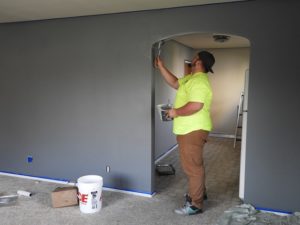 When it comes to basement
When it comes to basement 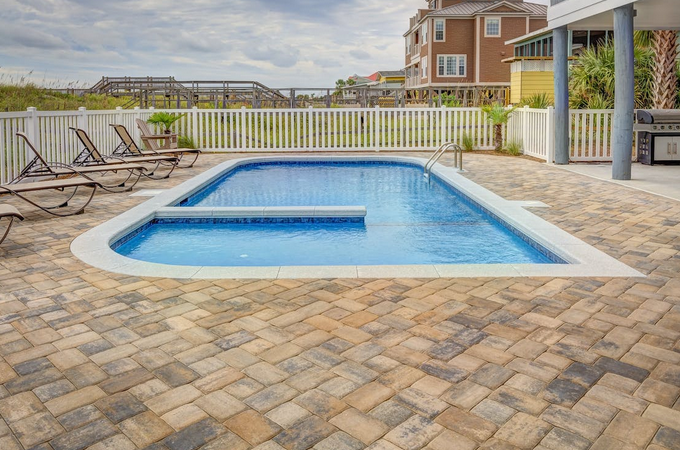


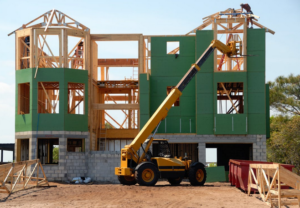 Hiring a qualified contractor is one of the most important steps in building a new home. A good contractor can help you with every step of the process, from obtaining the permits to actually constructing the house. They will also be able to advise and answer any questions you may have. Which is why it is so important that you take the time to find a contractor that you can trust. If your family recommends you a contractor, that is a good place to start.
Hiring a qualified contractor is one of the most important steps in building a new home. A good contractor can help you with every step of the process, from obtaining the permits to actually constructing the house. They will also be able to advise and answer any questions you may have. Which is why it is so important that you take the time to find a contractor that you can trust. If your family recommends you a contractor, that is a good place to start.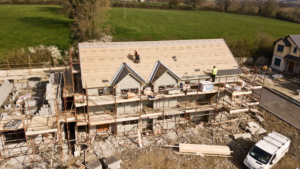 The materials you use for your new home will greatly impact its overall appearance and quality. You will want to choose materials that are durable and look good. However, you also need to make sure that you can afford them. Talk to your contractor about what kinds of materials they recommend and get a few quotes before making your final decision. You must invest in high-quality materials, as they will make a big difference in the overall look of your home.
The materials you use for your new home will greatly impact its overall appearance and quality. You will want to choose materials that are durable and look good. However, you also need to make sure that you can afford them. Talk to your contractor about what kinds of materials they recommend and get a few quotes before making your final decision. You must invest in high-quality materials, as they will make a big difference in the overall look of your home.
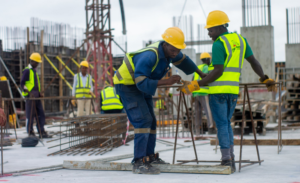 One of the most significant benefits of hiring a professional contractor is completing the project on time and within budget. They have years of experience in the industry and know how to get the job done quickly and efficiently.
One of the most significant benefits of hiring a professional contractor is completing the project on time and within budget. They have years of experience in the industry and know how to get the job done quickly and efficiently.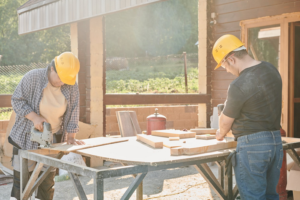 A professional contractor can also help improve the versatility of your project planning. They have years of experience in the industry and know how to get the job done quickly and efficiently. Plus, they have all the necessary resources and contacts to make sure everything goes smoothly from start to finish.
A professional contractor can also help improve the versatility of your project planning. They have years of experience in the industry and know how to get the job done quickly and efficiently. Plus, they have all the necessary resources and contacts to make sure everything goes smoothly from start to finish.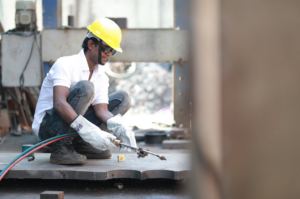 Professional contractors will also offer accurate pricing based on the scope of work that needs to be done. They can give you an estimate of what it will cost for your project and let you know if there are any hidden costs or anything else that might change the price along the way, so there aren’t any surprise expenses down the road.
Professional contractors will also offer accurate pricing based on the scope of work that needs to be done. They can give you an estimate of what it will cost for your project and let you know if there are any hidden costs or anything else that might change the price along the way, so there aren’t any surprise expenses down the road.